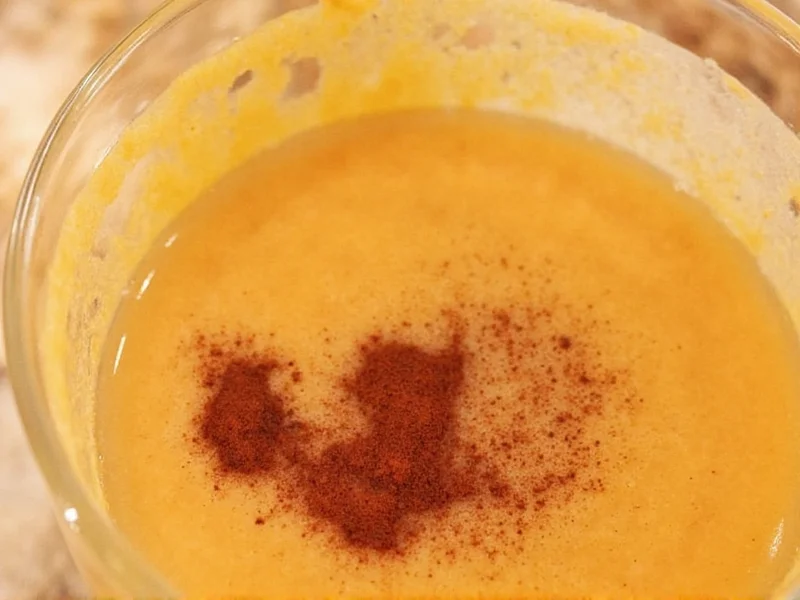The Science Behind Citrus and Spice Relief
Understanding how citrus helps with spice requires examining the chemistry of both components. Capsaicin, the active compound in chili peppers that creates the burning sensation, is an alkaloid with a pH around 8-9, making it slightly alkaline. Citrus fruits contain citric acid with a pH between 2-3, creating an ideal environment for neutralization.
When you consume spicy food, capsaicin binds to TRPV1 receptors in your mouth, triggering the burning sensation. The citric acid in lemon or lime juice works through two mechanisms:
- Chemical neutralization - The acid partially breaks down capsaicin molecules
- Physical removal - The liquid content helps rinse capsaicin from your oral cavity
Research published in the Journal of Agricultural and Food Chemistry confirms that acidic solutions can reduce the perception of capsaicin by up to 30% compared to water alone. This makes citrus an effective, science-backed remedy for managing spicy foods.
Citrus Versus Other Spice-Relief Methods
While many people reach for dairy products when faced with overly spicy food, citrus offers a different approach to managing heat. The following comparison shows how various methods work:
| Remedy Type | Mechanism | Effectiveness | Best For |
|---|---|---|---|
| Citrus (lemon/lime) | Acid neutralization of capsaicin | Moderate to high | Immediate relief, non-dairy diets |
| Dairy (milk, yogurt) | Fat dissolves capsaicin | High | Sustained relief, creamy dishes |
| Sugar/honey | Coating effect on receptors | Moderate | Sweet applications, sauces |
| Starchy foods (bread, rice) | Absorbs capsaicin | Low to moderate | Accompaniments to spicy meals |
Practical Applications for Citrus Relief
Knowing does citrus help with spice is one thing, but implementing it effectively requires understanding proper usage techniques. For optimal results when dealing with spicy food remedies with citrus:
- Timing matters - Consuming citrus while eating spicy food provides better results than waiting until your mouth is already burning
- Form is important - Freshly squeezed juice works better than bottled due to higher acid content and freshness
- Quantity considerations - A tablespoon of citrus juice per serving of spicy food creates the ideal balance
- Temperature effects - Room temperature citrus works better than chilled, as cold can temporarily numb receptors without addressing the underlying capsaicin
Chefs often incorporate citrus into spicy dishes proactively. Mexican cuisine frequently uses lime with spicy salsas, while Thai cooking balances chili heat with lime juice in dishes like Tom Yum soup. This culinary practice isn't just for flavor—it's a practical application of food science that helps manage the heat experience.
Limitations of Citrus for Spice Management
While understanding does citrus help with spice is valuable, it's equally important to recognize its limitations. Citrus works best for moderate spiciness but has diminishing returns with extremely hot peppers like ghost peppers or Carolina Reapers.
The effectiveness of citrus as a spicy food remedy depends on several factors:
- Capsaicin concentration - Higher concentrations require more citrus for noticeable relief
- Individual tolerance - People with higher spice tolerance may notice less relief
- Food matrix - Oily spicy foods may reduce citrus effectiveness as capsaicin binds to fats
- Acid sensitivity - Those with sensitive teeth or acid reflux may find citrus uncomfortable
For maximum benefit when exploring how citrus counteracts spice, combine it with other methods. A squeeze of lime with a side of rice creates a more comprehensive approach than either remedy alone. This multi-pronged strategy addresses both the chemical and physical aspects of capsaicin management.
Choosing the Right Citrus for Spice Relief
Not all citrus fruits work equally well for managing spiciness. The effectiveness depends on acid content and flavor profile compatibility with your dish:
- Lime - Highest citric acid content (4-8%), making it most effective for neutralizing spice; ideal for Mexican, Thai, and Vietnamese cuisines
- Lemon - Slightly lower acid content (2-3%) but works well with Mediterranean and Indian spicy dishes
- Orange - Lower acidity but useful in sweeter applications; better for balancing heat in sauces than immediate relief
- Grapefruit - Bitter notes may clash with some spicy foods despite decent acidity
When experimenting with does citrus help with spice in your cooking, start with small amounts and adjust to taste. Overusing citrus can overwhelm your dish with acidity, creating a new balance challenge. Professional chefs typically use a 3:1 ratio of spicy elements to citrus for optimal heat management without compromising flavor.











 浙公网安备
33010002000092号
浙公网安备
33010002000092号 浙B2-20120091-4
浙B2-20120091-4